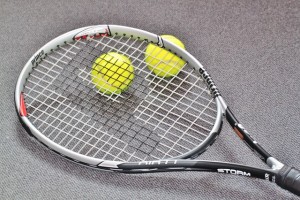April 5, 2016, New York … Polished diamond prices were stable in March supported by steady dealer trading even though the outlook for consumer demand remains uncertain. In the first quarter, sentiment improved as polished prices rose and profitability increased on select new production.
The RapNet Diamond Index for 1-carat, GIA-graded diamonds was flat in March. RAPI for 0.30-carat diamonds fell 0.6 percent and RAPI for 0.50-carat diamonds was unchanged. RAPI for 3-carat diamonds slipped 0.4 percent.
In the first quarter, RAPI for 1-carat diamonds rose 1.4 percent, extending the uptrend from the fourth quarter. However, the index fell 4.6 percent below its level last year.
| RapNet Diamond Index (RAPI™) | |||
| March | 1Q 2016 | Y2Y Changes at April 1 |
|
| RAPI 0.30 ct. | -0.6% | 6.0% | -4.5% |
| RAPI 0.50 ct. | 0.0% | 5.2% | -6.2% |
| RAPI 1 ct. | 0.0% | 1.4% | -4.6% |
| RAPI 3 ct. | -0.1% | -1.1% | -14.5% |
Copyright © 2016, Rapaport USA Inc.
The Rapaport Monthly Report revealed that some new polished production sold better than left-over stock. Prices of desirable RapSpec A2 polished held firm at the March Hong Kong show but prices of old stock softened as dealers looked to replace difficult-to-sell inventory. The diamond pavilion at the show was busy but the jewelry section was quiet, reflecting restrained Chinese consumer demand.
The positive energy among diamond dealers in Hong Kong was replaced by frustration at the Basel show, which demonstrated cautious European luxury demand and weak economic sentiment. Demand was good for rare intense pink and blue diamonds, while big-stone demand was limited to bargains.
A larger volume of polished is expected to enter the market in the coming months given an estimated 20 percent rise in manufacturing levels this year following a decline of 40 percent in the second half of 2015. The number of RapSpec A3 diamonds listed on RapNet – Rapaport’s Diamond Trading Network – increased 30 percent in the first quarter.
Rough demand is expected to soften in the second quarter as polished production has increased ahead of demand. Rough trading slowed in March with De Beers goods in short supply as the company did not hold a sight during the month. ALROSA kept its rough prices unchanged for the sixth consecutive month, while rough sold at auctions softened in March but remains expensive.
Following De Beers price reduction of 7 percent to 10 percent in January, manufacturers’ profitability returned as polished prices improved due to shortages created in the second half of 2015. De Beers rough is in demand as many believe it is currently offering the best value to manufacturers.
The first quarter of 2016 was relatively positive for the diamond trade. However, trading was largely driven by dealers looking to replenish select inventory to fill existing orders. Jewelers and diamond dealers are carefully managing their inventory, while consumer demand is uncertain.










